We show that the impurity allows probing of the wave functions of a degenerate shell on a carbon site where it is located. We confirm our predictions by a comparison with the tight-binding and ab-initio calculation as well as with experiment.
We improve and simplify the design and characterization processes for photonic power converters, exceeding 50% efficiency under 1.446 μm laser light. We develop a calibrated model predicting efficiency gains with increasing bandgap, reaching up to 57% efficiency at a 1.3-μm wavelength.
The laser ablated craters were analysed with Raman spectroscopy and reveal the formation of Ag2O and AgO at different pulse energies and number of pulses. A mechanistic picture for the formation of both silver oxides and their transformation into Ag2CO3, Ag2SO3 and Ag2SO4 is proposed. Some laser-induced periodic surface structures LIPSSs were also observed on some craters, as well as nanoparticles arranged in concentric patterns.
We introduced Ag, Au, Co, Fe, Ru, Pd, and Pt single-atom dopants to enhance the catalytic performance of the Cu0.5Ni0.5(111) surface. Using rigorous DFT calculations, we evaluated catalyst stability, N2 and H2 activity, and the rate-limiting steps of the NRR
A systematic investigation was undertaken to establish the influence of several synthesis parameters on the average size of AgNPs. By precisely optimizing these parameters, we successfully regulated the AgNPs size range between 10 and 50 nm on the cotton yarn.
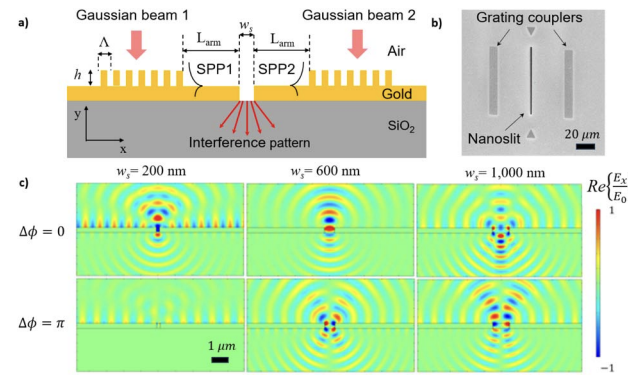
Interference of surface plasmons has been widely utilized in optical metrology for applications such as highprecision sensing. In this paper, we introduce a surface plasmon interferometer with the potential to be arranged in arrays for parallel multiplexing applications.
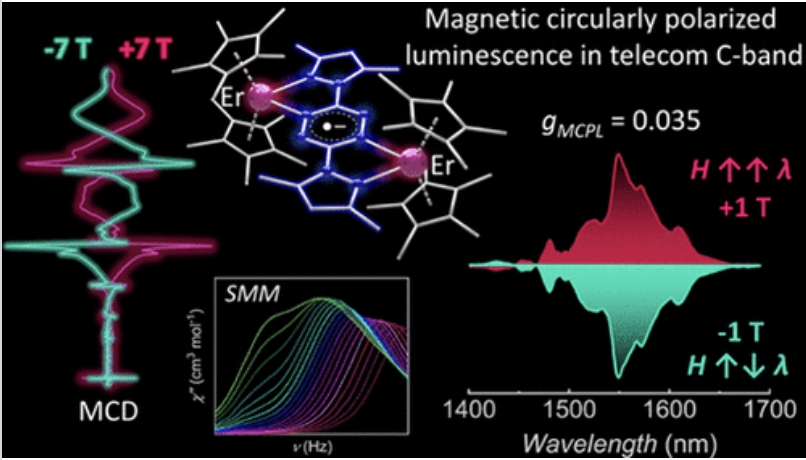
he magnetic and magneto-optical properties of a tetrazinyl radical-bridged ErIII metallocene, [(Cp*2ErIII)2(bpytz•–)][BPh4] (1; Cp* = pentamethylcyclopentadienyl, bpytz = 3,6-bis(3,5-dimethyl-pyrazolyl)-1,2,4,5-tetrazine), are reported. As confirmed by these studies strong Ln-rad coupling is achieved, with 1 exhibiting slow magnetic relaxation under a 1000 Oe dc field.
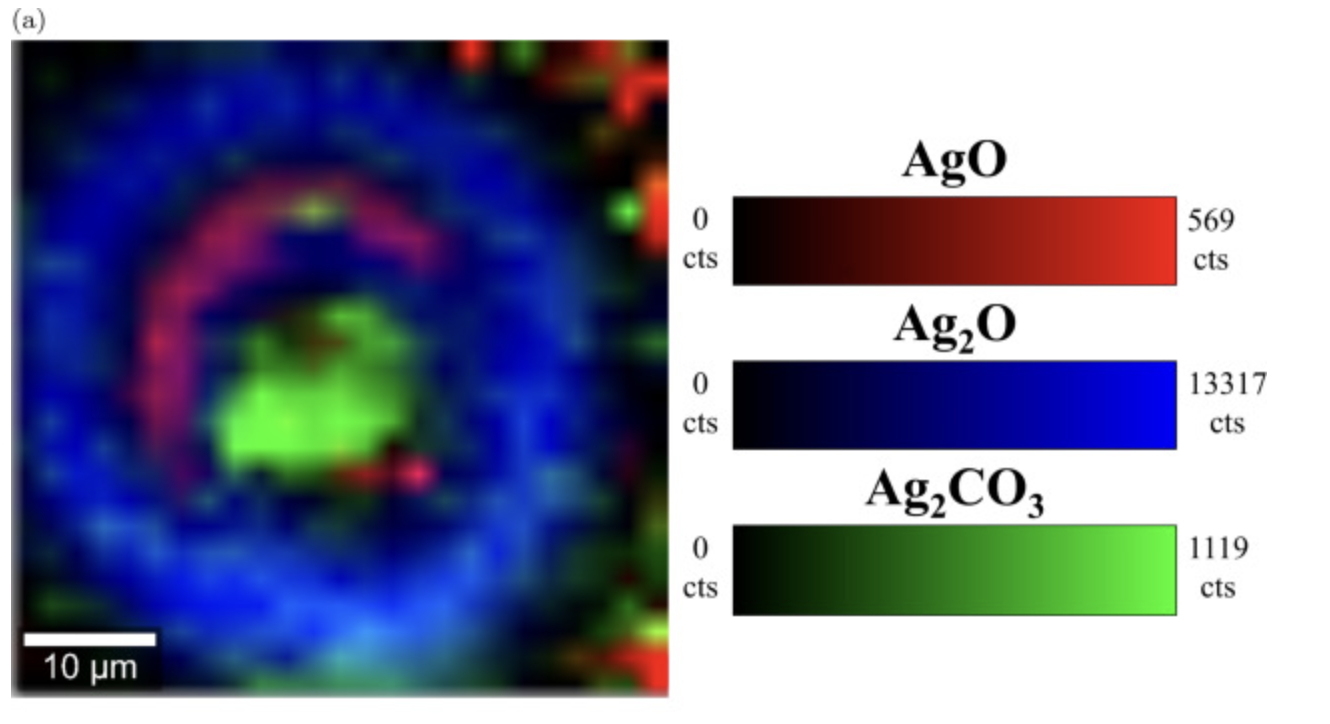
Ultrafast lasers have been widely used to texture materials, and while a lot of focus has been placed on controlling surface morphology, literature is lacking on ultrafast laser-induced surface chemistry, even though surface chemistry is essential in many applications.
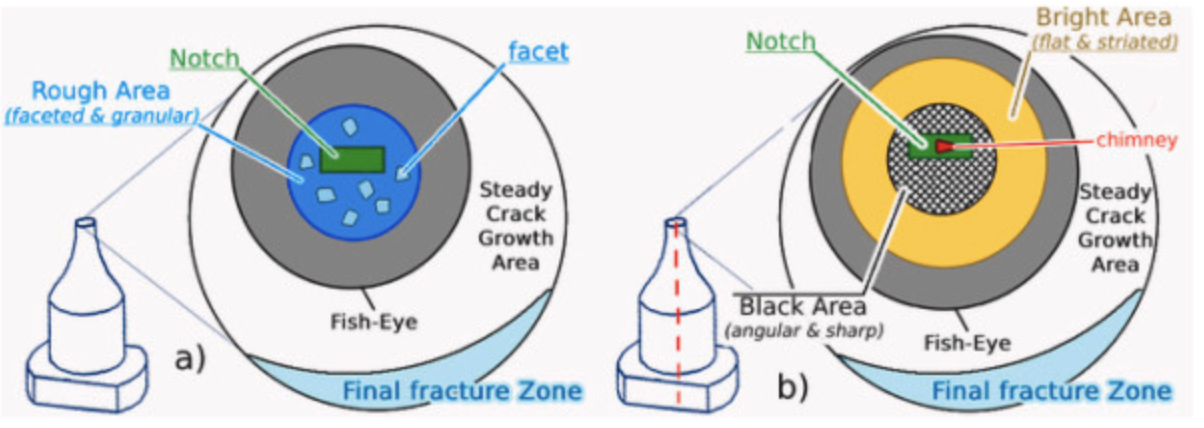
Ultrasonic fully reversed tension fatigue tests have been performed in the Very High Cycle Fatigue (VHCF) regime (NR>107−108cycles) on Ti-6Al4V specimens containing a controlled internal notch. Two sets of samples have been used. The first one contains a central chimney along the specimen longitudinal axis which brings air to the internal notch; in the second series the notches are not connected to the surface.

This study details the fabrication of a hybrid fabric structure achieved through the utilization of copper-cotton core-spun yarns and a streamlined dip-coating method for the coating of MXene sheets. This fabrication approach results in a substantial enhancement in electromagnetic interference shielding efficiency (EMI SE) in the X-band frequency (8.2-12.4 GHz) while significantly reducing the required number of MXene coating steps
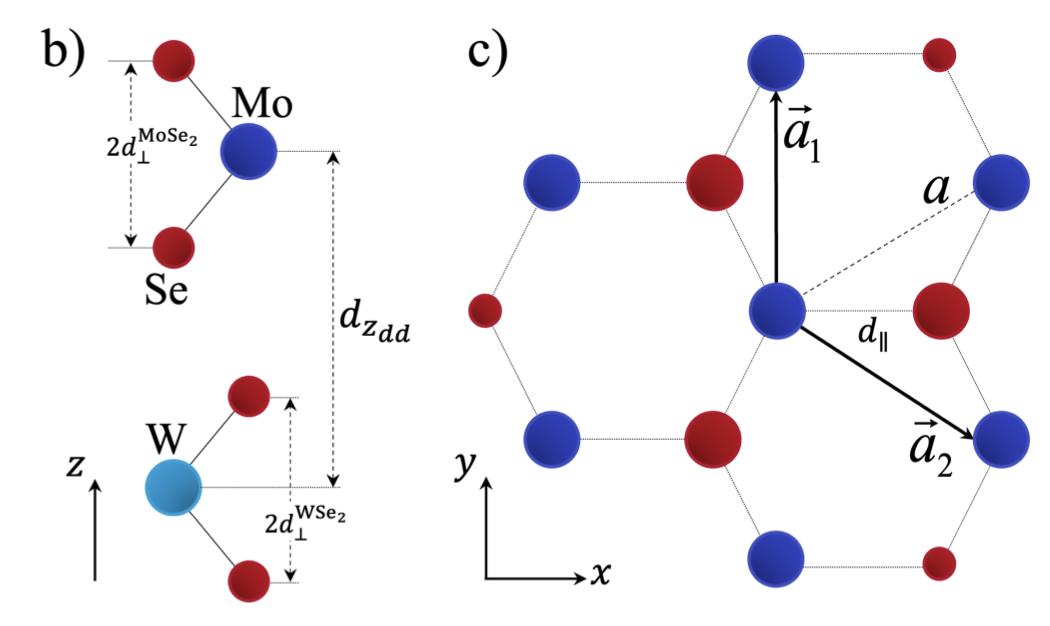
We describe here a theory of a quantum dot in an electrically tunable MoSe2/WSe2 heterostruc- ture. Van der Waals heterostructures allow for tuning their electronic properties beyond their monolayer counterparts. We start by determining their electronic structure using density functional theory. We obtain the type-II band alignment and close in energy conduction band minima (valleys) at the K and Q points in the Brillouin zone.
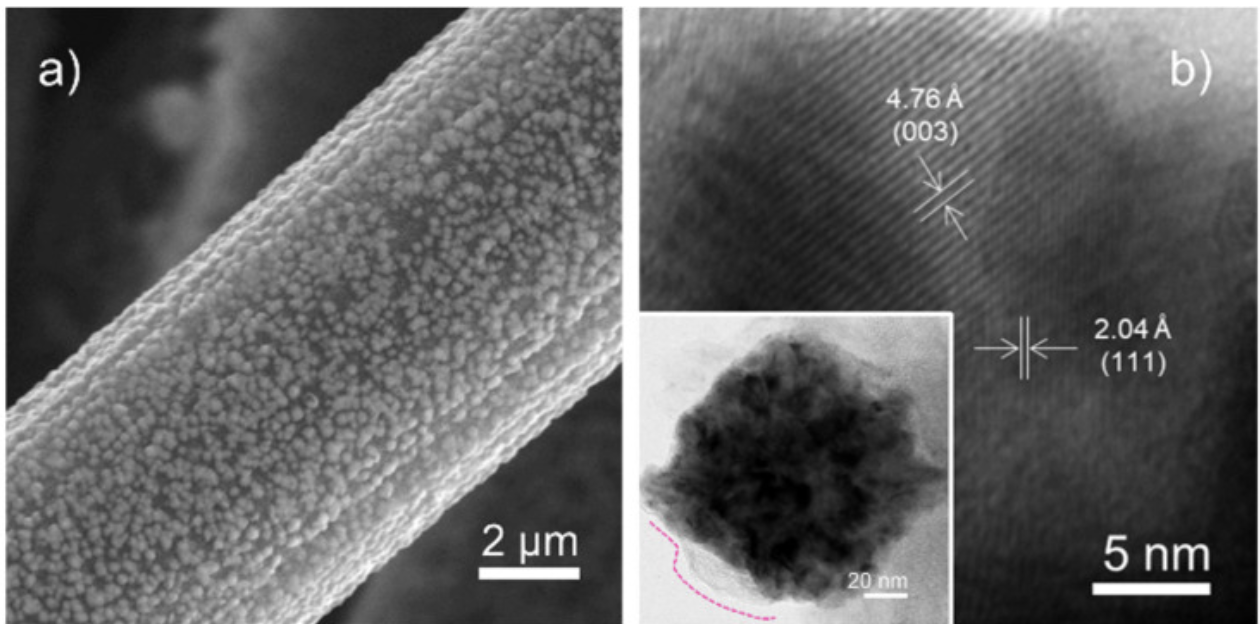
Ni-based materials are cost-efficient electrocatalysts for the oxygen and hydrogen evolution reactions (OER and HER). Specifically, high-valence nickel oxides have been recently identified as highly active for both reactions; however, the origin of their activity during operation, particularly towards the HER, is still undefined.
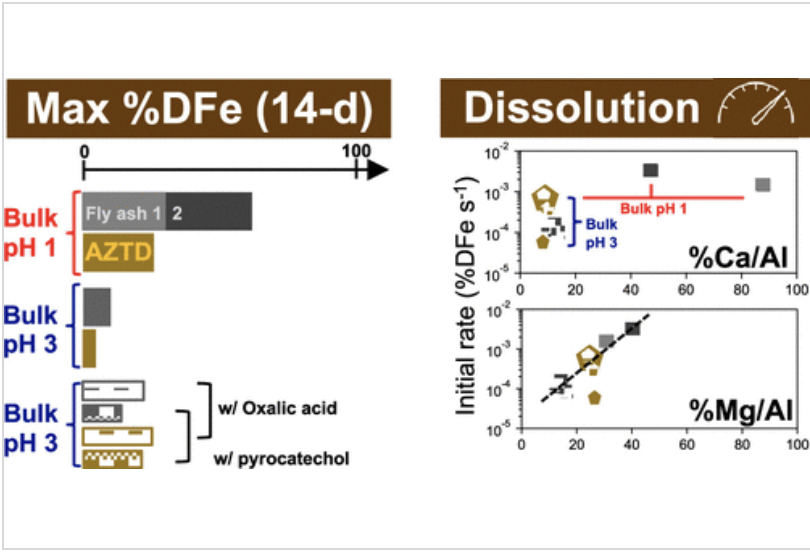
The content and multiphase chemistry of iron (Fe) in multicomponent atmospheric aerosols are important to global climate and oceanic models. To date, reported dissolution rates of Fe span orders of magnitude with no quantifiable dependency on the content of basic minerals that coexist with Fe.
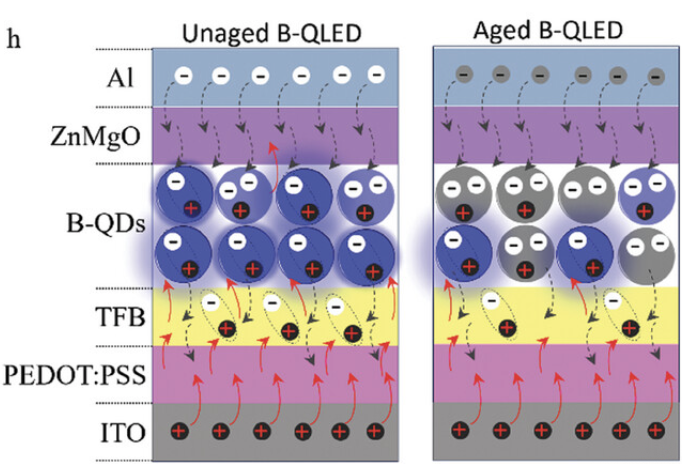
An increase in electron leakage and electron-induced damage to the hole injection layer (HIL) that leads to a deterioration in hole supply are found to play a key role in the rapid EL loss in B-QLEDs. EL and PL measurements on B-QLEDs, fabricated with and without luminescent MLs, show that the electron supply is easier than the hole supply, resulting in an electron e/h ratio >1 in the B-QDs-EML and significant electron leakage into the HTL and to the HIL. Under electrical stress, electron leakage increases, and hole supply deteriorates further causing charge imbalance to increase, and, as a result, the EQE decreases.
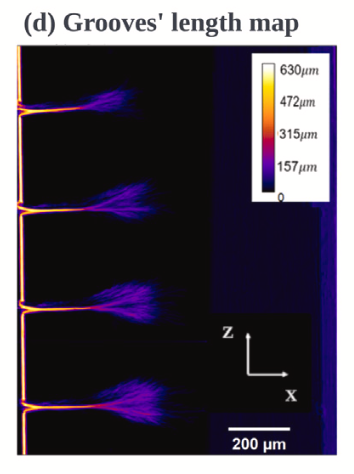
Ultrafast laser machining has been researched extensively over the last few decades to create features such as holes in a variety of materials. The effects of laser parameters including power and polarization on the dynamics of hole formation and resulting hole geometry have been studied.
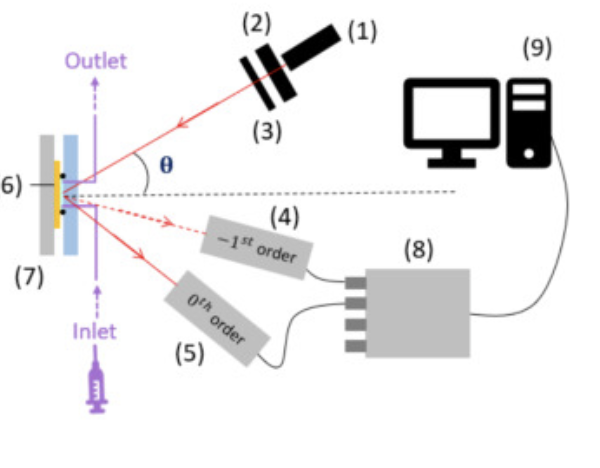
A deep gold-coated sinusoidal grating is proposed as a transducer for label-free real-time biosensing, operating in a new configuration based on the optical switch effect, which produces complementary optical outputs enabling differential and referenced detection.
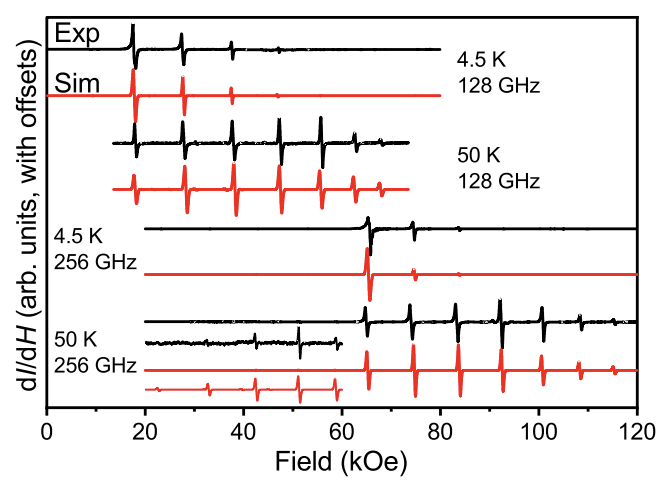
Single-ion anisotropy is vital for the observation of Single-Molecule Magnet (SMM) properties (i.e., a slow dynamics of the magnetization) in lanthanidebased systems. In the case of europium, the occurrence of this phenomenon has been inhibited by the spin and orbital quantum numbers that give way to J = 0 in the trivalent state and the half-filled population of the 4f orbitals in the divalent state.
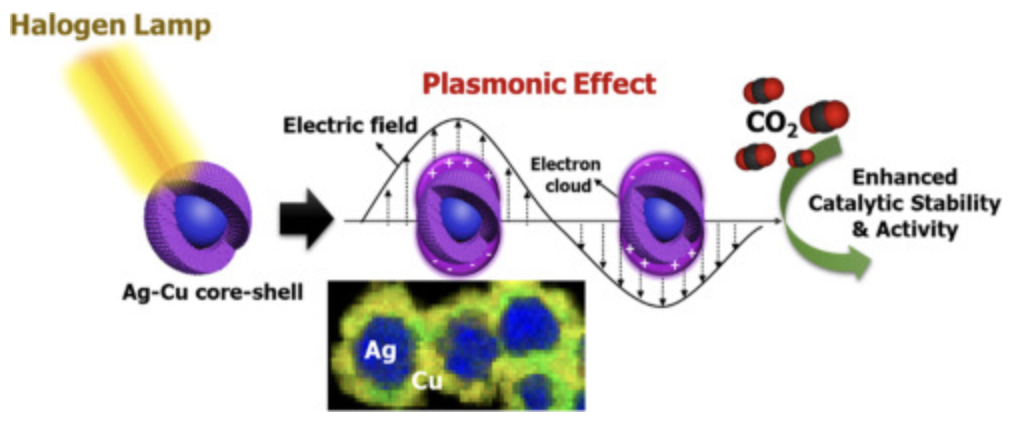
CO2 electrochemical reduction (CO2ER) allows the conversion of CO2 into fuels and chemicals. Copper is the only known catalyst that converts CO2 into hydrocarbon products but is hindered poor selectivity and stability. Cu-based bimetallic particles have shown to improve the selectivity and stability of the catalysts.
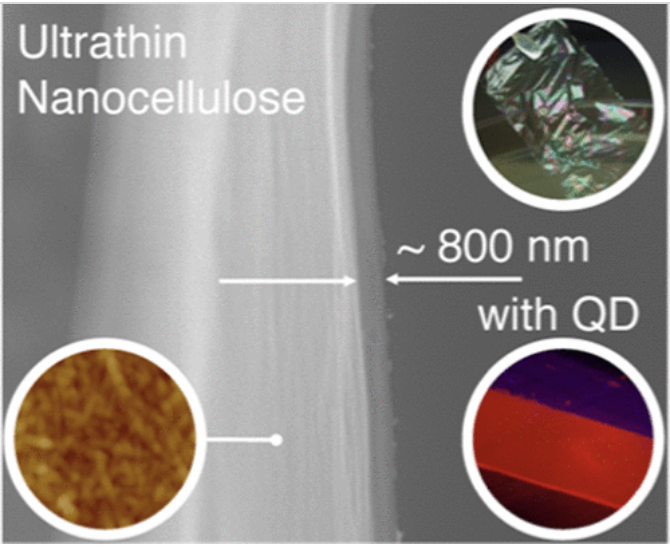
This paper presents a versatile method to fabricate ultrathin nanofibrillated cellulose (NFC) films as thin as 800 nm by blade coating, which is compatible with a roll-to-roll process on a large scale.
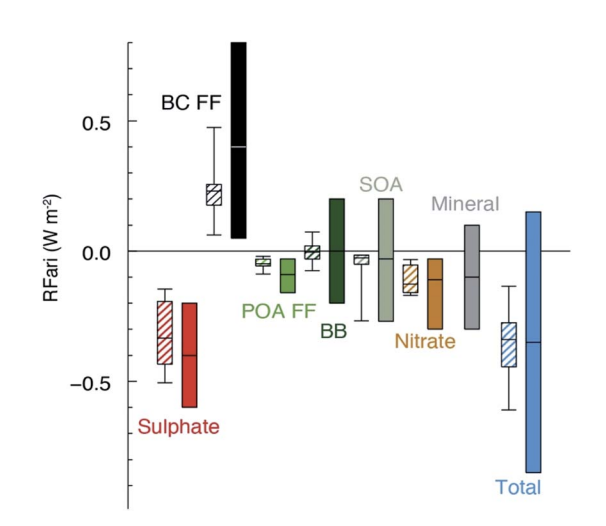
Humic-like substances (HULIS) are a ubiquitous reactive component of atmospheric aerosol. They participate in the formation of secondary organic aerosols via chemical reactions with atmospheric oxidants. Here, we assess the influence of transition metal ions (namely ferric iron, Fe(III)), and nitrate ions (NO3−) on the heterogeneous reaction of gaseous NO2 with an aqueous film containing gallic acid (GA) or tannic acid (TA) as proxies for HULIS.
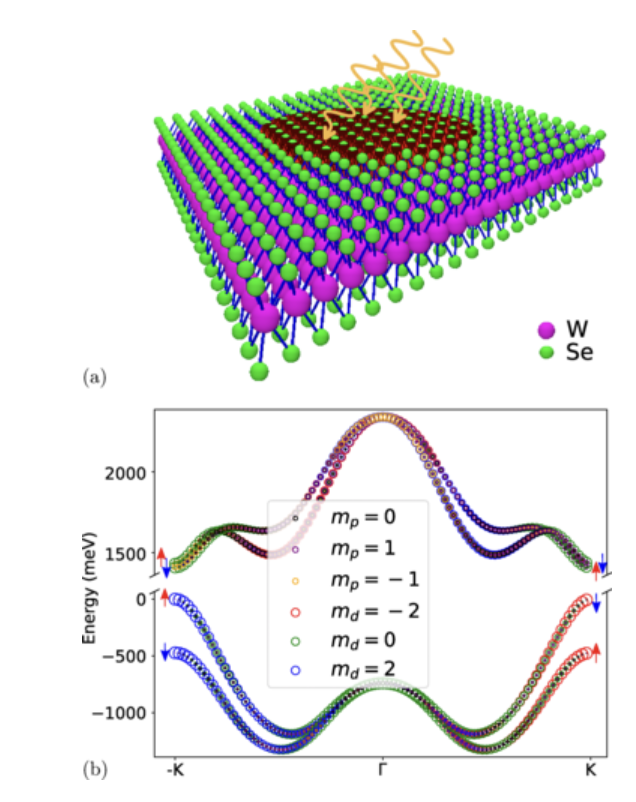
We present here a theory of excitonic complexes in gated WSe2 quantum dots (QDs). The QD gate potential causes type-II band alignment, i.e., electrostatically confines holes and repels electrons, or vice versa. Hence, the confinement of excitons involves a delicate balance of the repulsion of electrons by the gate potential with the attraction by the Coulomb potential of the hole localized in the QD.

2D materials with high charge carrier mobility and tunable electronic band gaps have attracted intense research effort for their potential use as active components in nanoelectronics. 2D -conjugated polymers (2DCP) constitute a promising sub-class due to the fact that the electronic band structure can be manipulated by varying the molecular building blocks, while at the same time preserving the key features of 2D materials such as Dirac cones and high charge mobility.
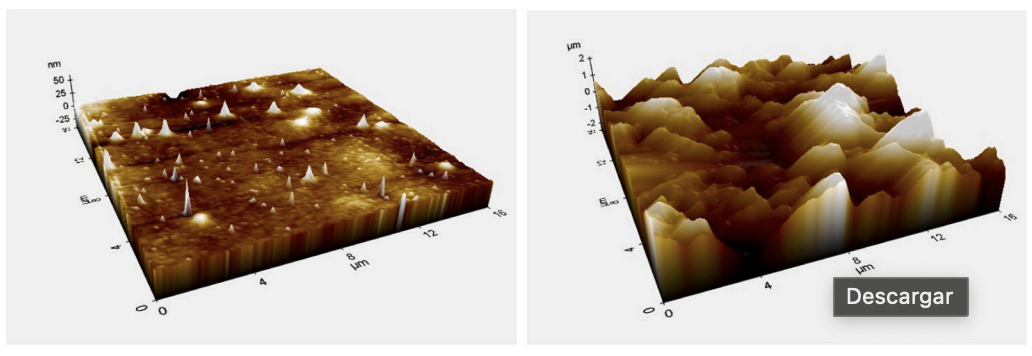
The decline in freshwater availability has spurred research into employing solar desalination technology. Recent research has concentrated on investigating the use of surface modification to improve the productivity of solar still for desalination.
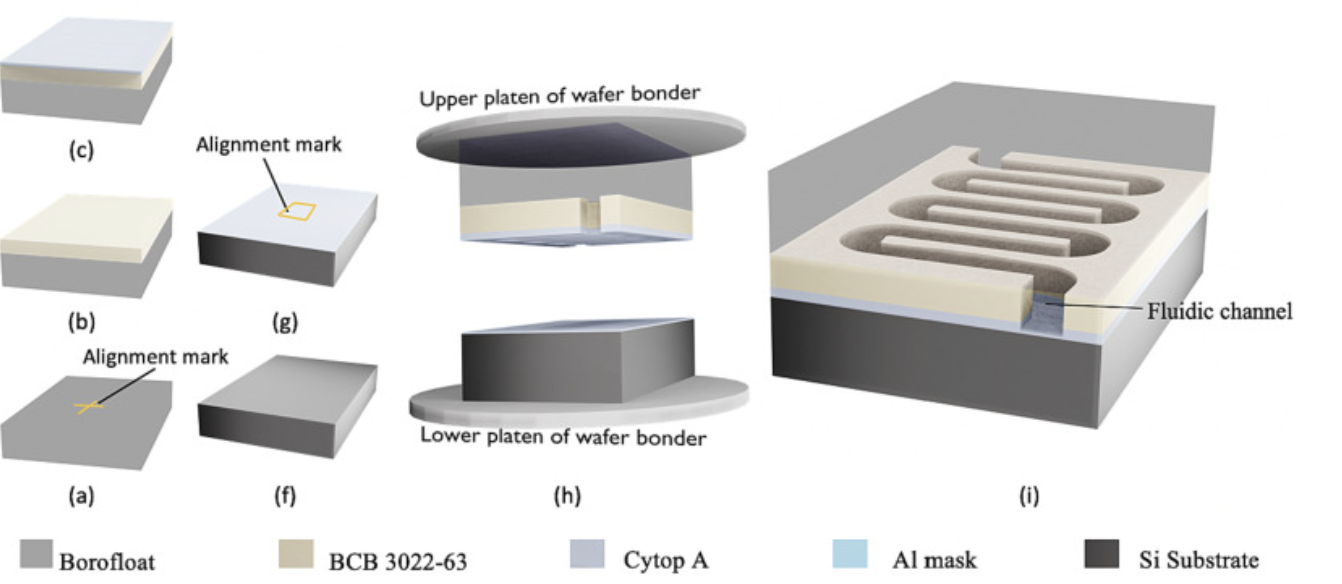
The wafer-scale fabrication of deep channel microfluidics for lab-on-a-chip applications by reactive ion etching and wafer bonding is reported. The microfluidic channels are etched in B-stage bisbenzocyclobutene (BCB) and Cytop with the latter used as a bonding agent.
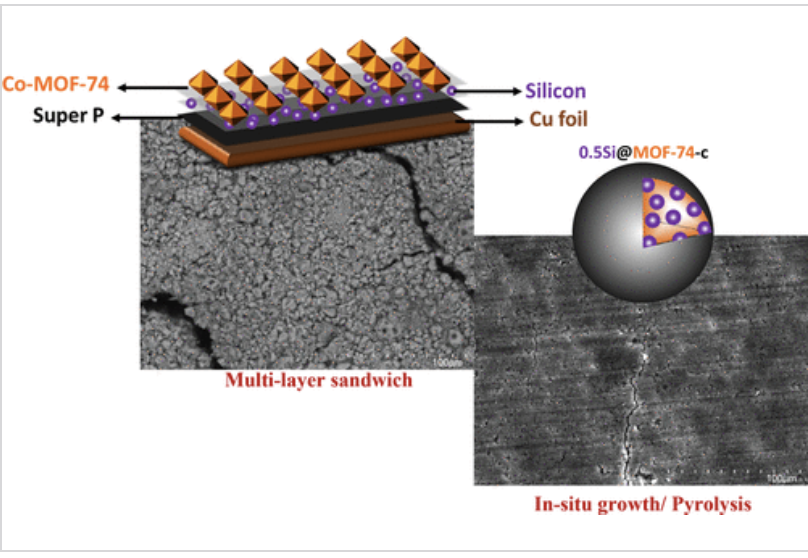
The poor capacity retention of the silicon (Si) anode has hindered its widespread use in lithium-ion batteries. Metal–organic-frameworks (MOF) may offer the structural and functional tunability needed to alleviate some of the longstanding problems associated with silicon pulverization.
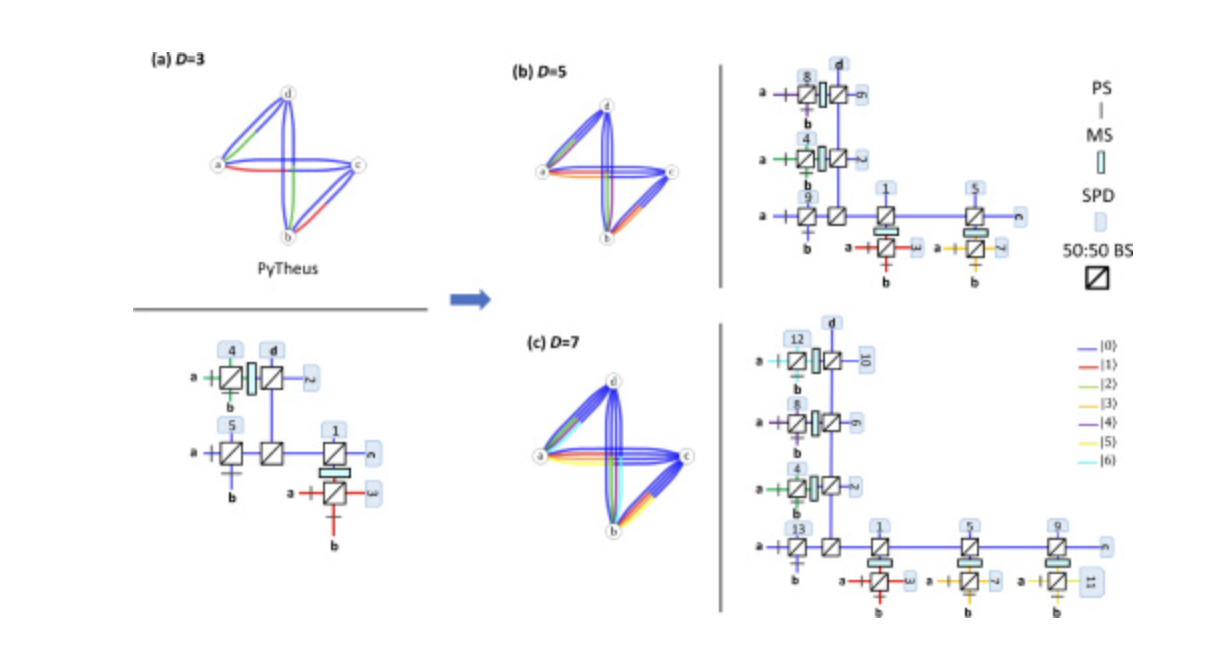
Vaidman, Aharanov, and Albert [Phys. Rev. Lett. 58(14), 1385 (1987) put forward a puzzle called the mean king’s problem (MKP) that can be solved only by harnessing quantum entanglement. Prime-powered solutions to the problem have been shown to exist, but they have not yet been experimentally realized for any dimension beyond two. We propose a general first-of-its-kind experimental scheme for solving the MKP in prime dimensions (D).

Here, we use fully characterized reference solid materials, namely, Arizona test dust (AZTD) and combustion coal fly ash samples from India, the U.S., and Europe, representative of atmospheric aerosol particles from natural and combustion sources. Using ICP-MS and optimized analytical procedures that address technical challenges with selectivity and sensitivity, we quantified the concentrations of dissolved TE Fe, Cu, Mn, As, and Pb under simulated atmospheric aging.
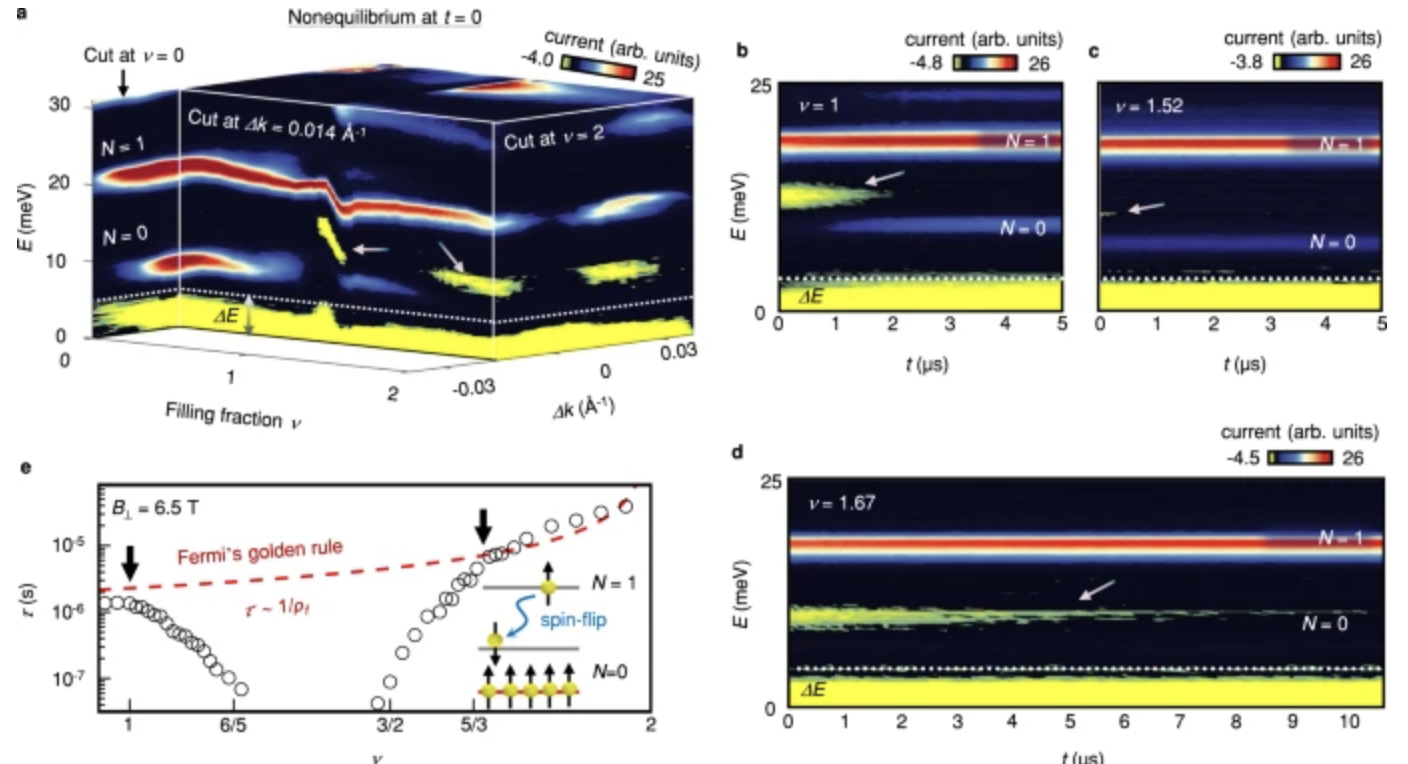
Real-time probing of electrons can uncover intricate relaxation mechanisms and many-body interactions in strongly correlated materials. Here, we introduce time, momentum, and energy resolved pump-probe tunneling spectroscopy (Tr-MERTS). The method allows the injection of electrons at a particular energy and observation of their subsequent decay in energy-momentum space.

Atomically defined large metal clusters have applications in new reaction development and preparation of materials with tailored properties. Expanding the synthetic toolbox for reactive high nuclearity metal complexes, we report a new class of Fe clusters, Tp*4W4Fe13S12, displaying a Fe13 core with M–M bonds that has precedent only in main group and late metal chemistry.

This study investigates the impact of an engineered hole transport layer (HTL) on the stability of electroluminescent quantum dot light-emitting devices (QDLEDs). The 9-Phenyl-3,6-bis(9-phenyl-9Hcarbazol-3-yl)-9H-carbazole (Tris-PCz) HTL, which possesses a shallower lowest unoccupied molecular orbital (LUMO) energy level compared to the widely used 4,4′-bis(N-carbazolyl)-1,1′-biphenyl (CBP) HTL, is employed to confine electron overflow toward the HTL.
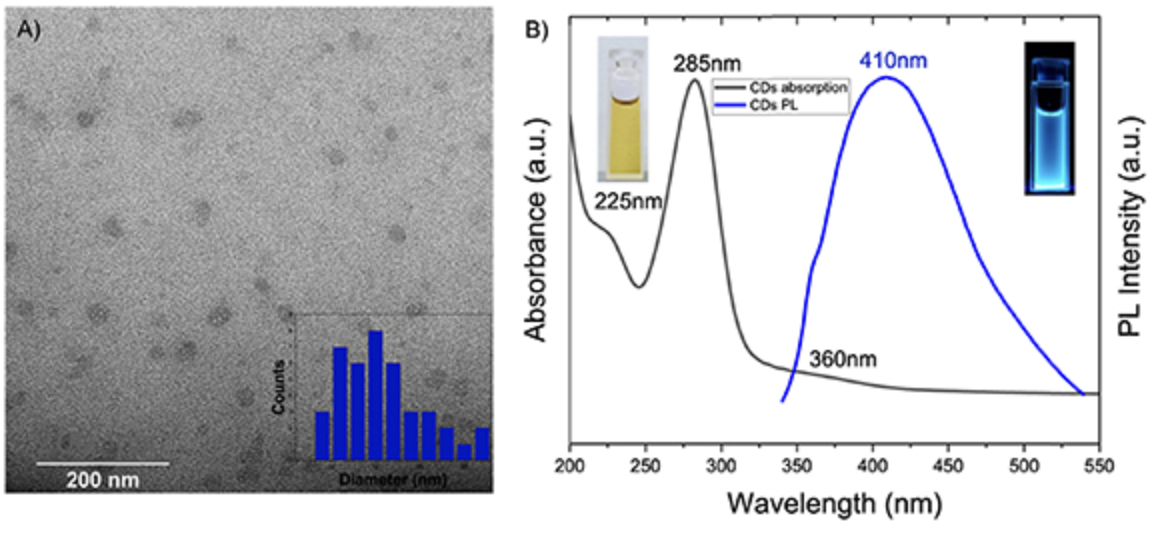
The use of sustainable materials in high-tech devices is one way to decrease the carbon footprint and tackle global climate change. We first synthesized blue-emissive carbon dots (CDs) from biocompatible onion inner epidermal cells using solvothermal method. Then, cellulose nanofiber was prepared by TEMPO oxidization, followed by homogenization from soft wood source.

The carrier density profile in metal-oxide-semiconductor (MOS) capacitors is computed under gating using two classical models - conventional drift-diffusion (CDD) and density-gradient (DG) - and a self-consistent Schrödinger-Poisson (SP) quantum model.

The City of Kitchener is the largest city in Waterloo Region in the province of Ontario, the third fasting growing region in Canada, yet it has only one air quality monitoring station. Our research group launched a pilot project in September 2020 to install a network of AQMesh multisensor mini air quality monitoring stations (pods) near elementary schools in Kitchener.
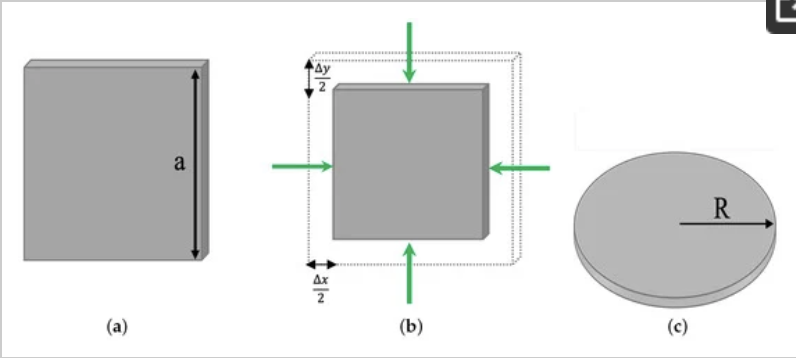
The trivial versus topological properties of the BHZ Hamiltonian are characterized by the different topologies that arise when mapping the in-plane wavevectors through the BHZ Hamiltonian onto a Bloch sphere. In the topologically nontrivial case, edge states are formed in the disc and square geometries of the quantum dot. We account for the effects of compressive strain in topological insulator quantum dots by means of the Bir–Pikus Hamiltonian.
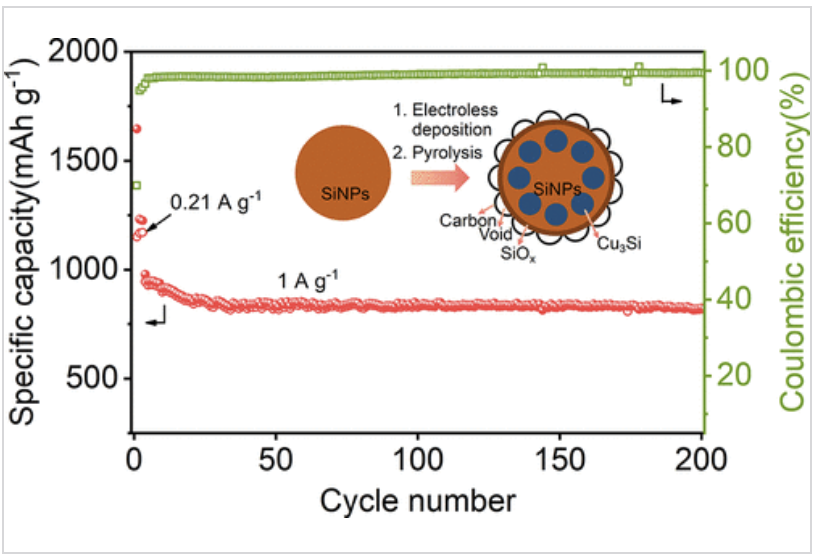
Silicon (Si), a promising anode material for lithium-ion batteries, usually suffers from low capacity retention and poor rate performance due to its huge volume change issue and low electronic conductivity.
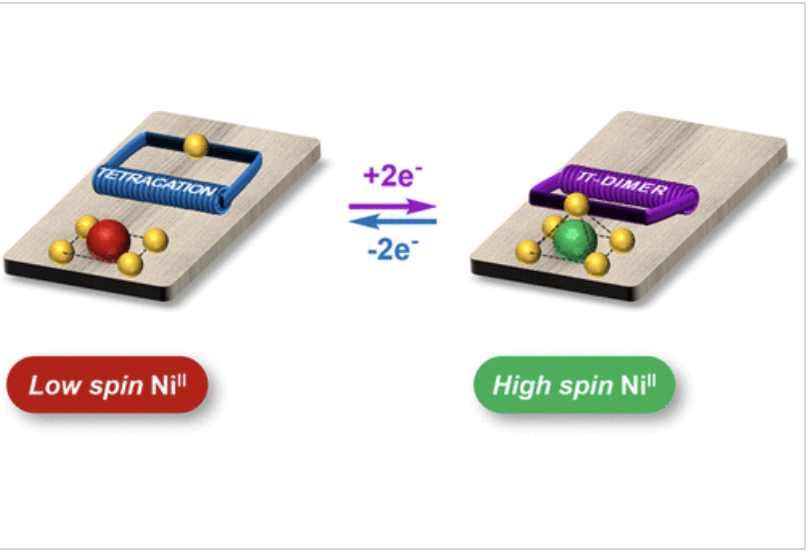
We herein report the synthesis and magnetic properties of a Ni(II)-porphyrin tethered to an imidazole ligand through a flexible electron-responsive mechanical hinge. The latter is capable of undergoing a large amplitude and fully reversible folding motion under the effect of electrical stimulation.
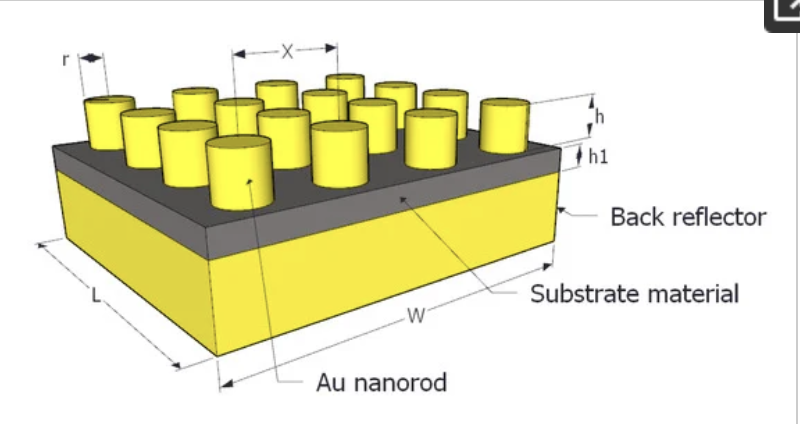
A broadband thin film plasmonic metamaterial absorber nanostructure that operates in the frequency range from 100 GHz to 1000 GHz is introduced and analyzed in this paper. The structure consists of three layers: a 200 nm thick gold layer that represents the ground plate (back reflector), a dielectric substrate, and an array of metallic nanorods. A parametric study is conducted to optimize the structure based on its absorption property using different materials
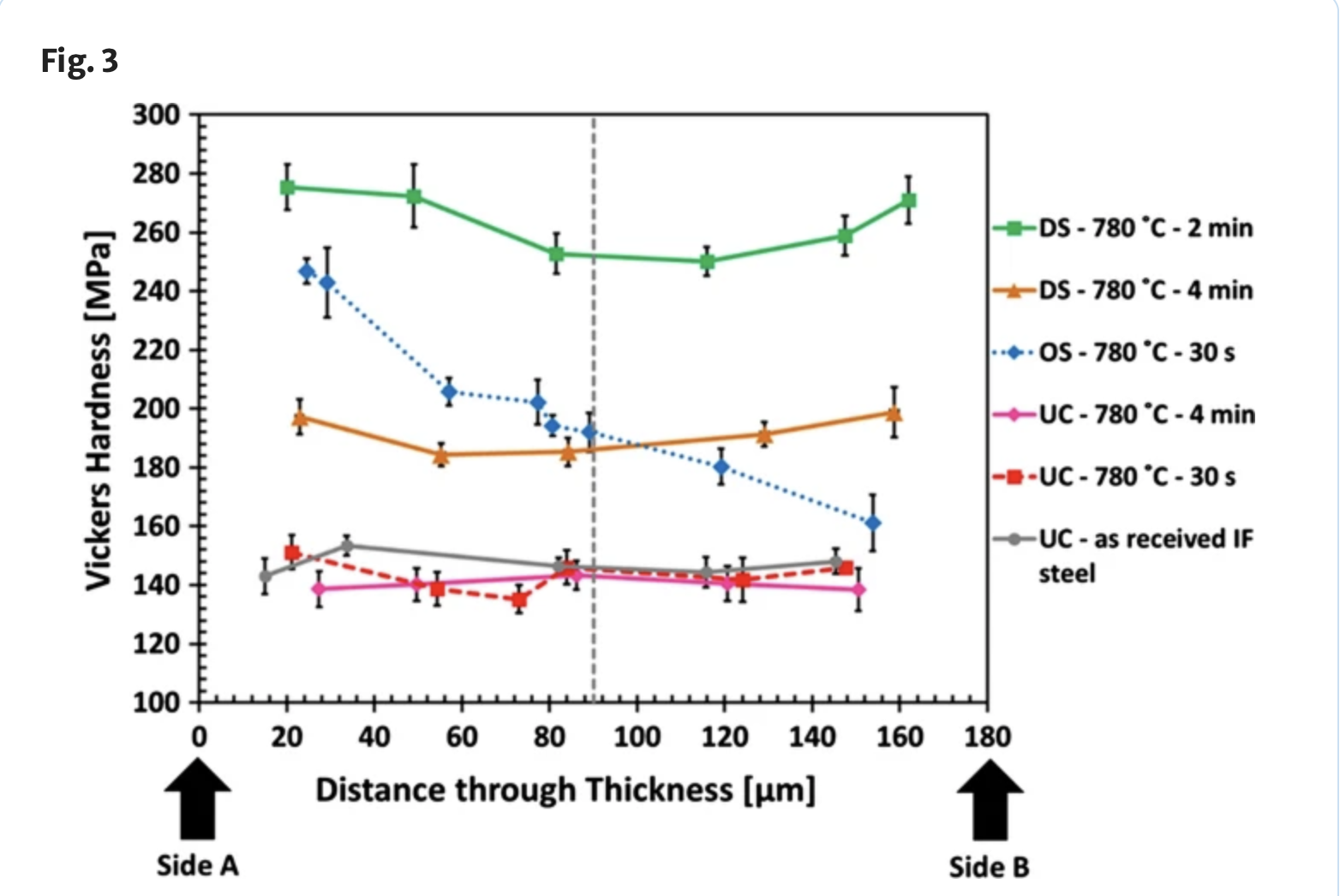
A new process to rapidly obtain high-strength interstitial free (IF) steel was investigated. Thin sheets of IF steel were coated on one or both sides with an amorphous FeC film and subjected to a two-step induction heating cycle (1100 °C followed by an isothermal hold at 780 °C for 2 or 4 min) and a rapid quench in water.
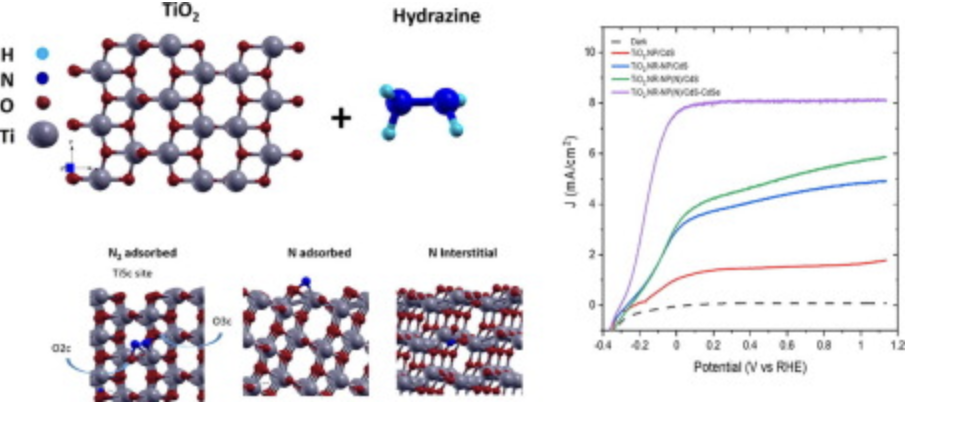
We report the synthesis of a TiO2 hybrid structure, consisting of a combination of nanorods and nanoparticles, subsequently treated with hydrazine to enhance the performance of photoelectrochemical (PEC) hydrogen (H2) generation. The optimized TiO2 hybrid photoanode sensitized with Quantum dots (QDs), yields a saturated photocurrent density of 4.25 mA cm−2 (at 0.8 V vs RHE), which is 172% higher than that of the reference sample.
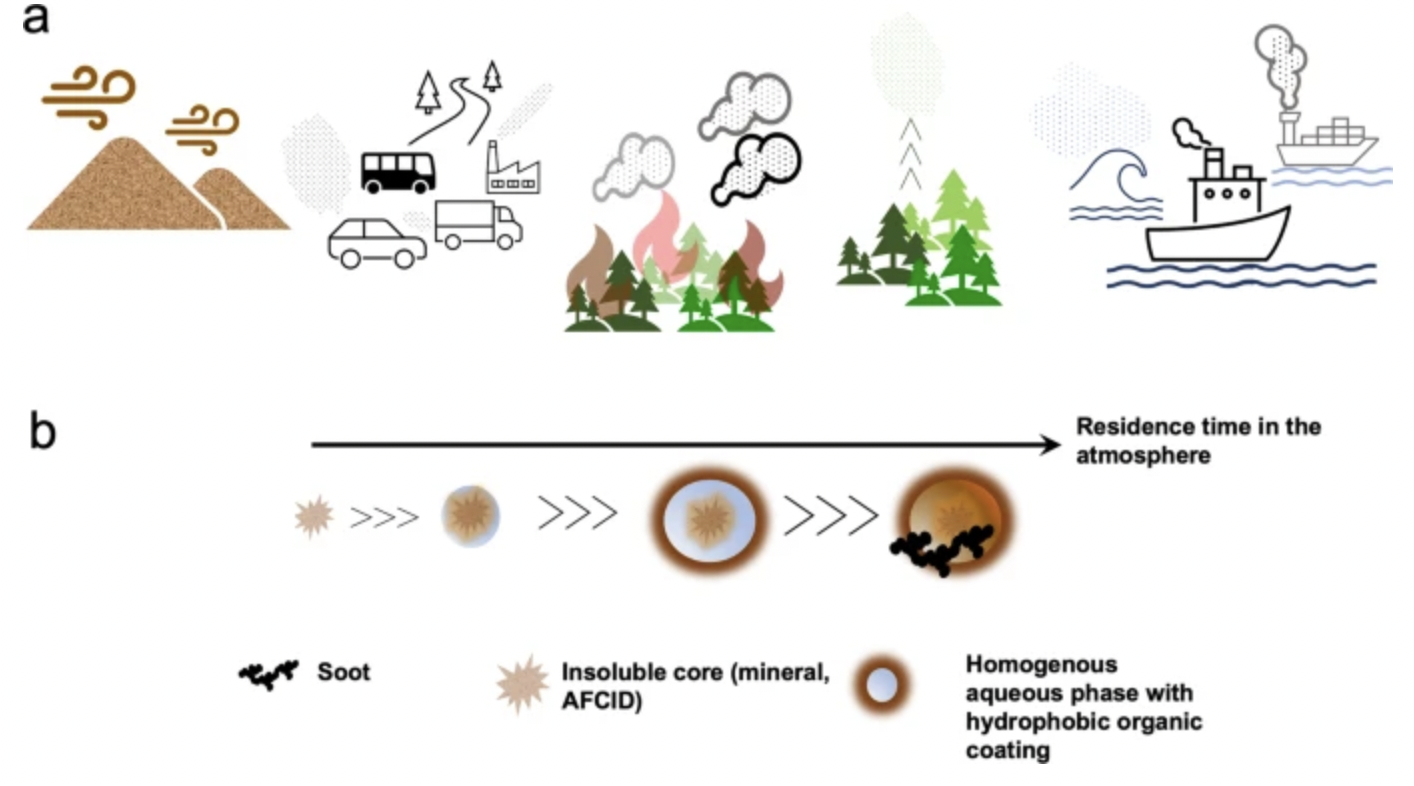
Transition metals are increasingly recognized as key drivers in the formation and aging of light-absorbing organic aerosols, known as brown carbon, which impact the energy flux in the atmosphere.
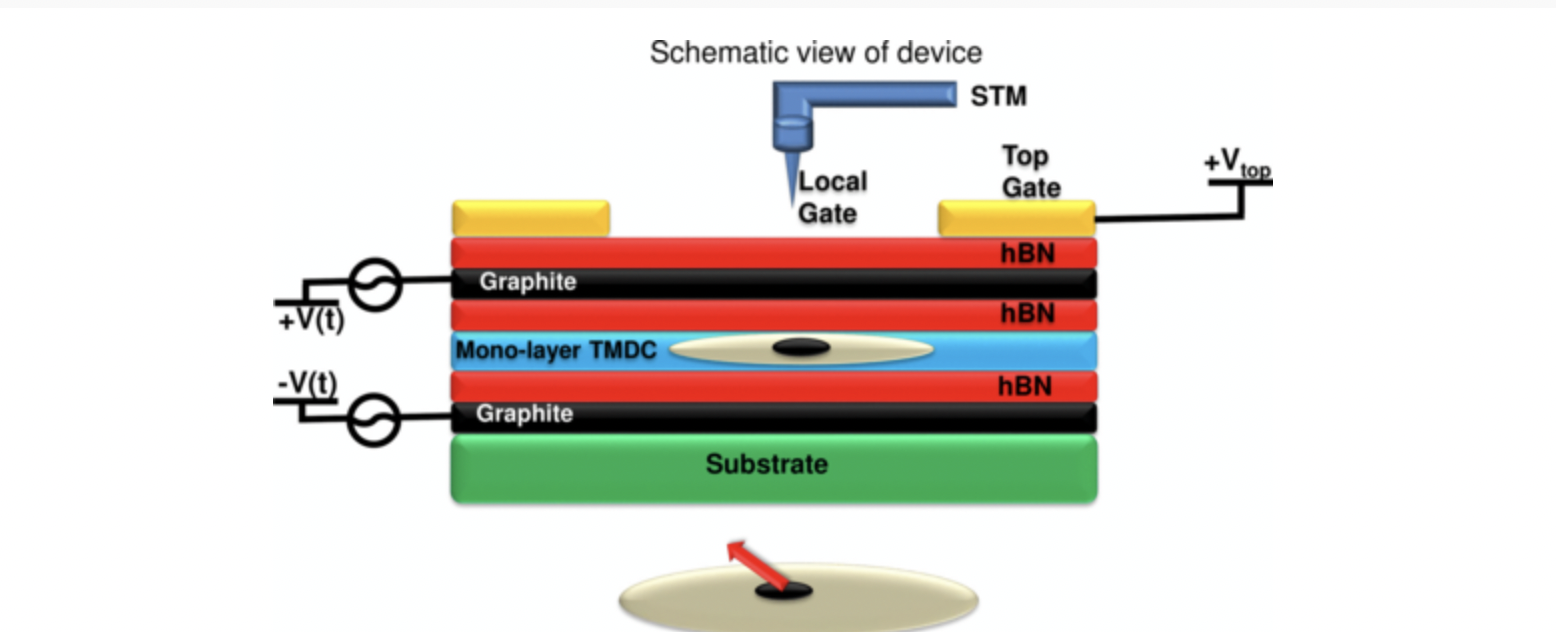
We develop a microscopic and atomistic theory of electron-spin-based qubits in gated quantum dots in a single layer of transition metal dichalcogenides. The qubits are identified with two degenerate locked spin and valley states in a gated quantum dot.
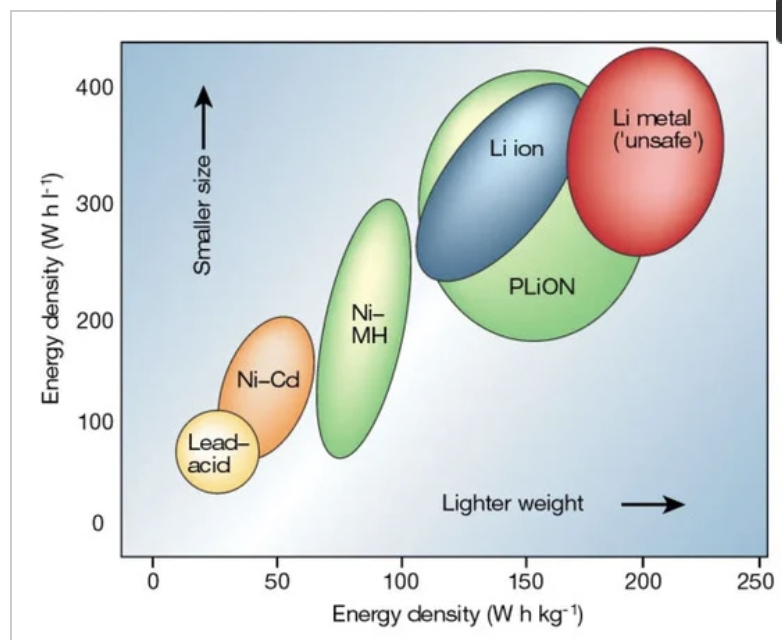
Solid-state lithium metal batteries (LMBs) have become increasingly important in recent years due to their potential to offer higher energy density and enhanced safety compared to conventional liquid electrolyte-based lithium-ion batteries (LIBs).
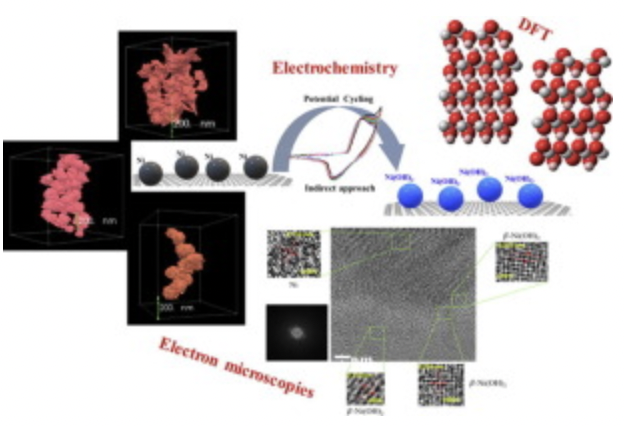
Shape-controlled microstructures (triangles and urchin-like) of Ni were synthesized using polyol synthesis in the presence/absence of capping agent (polyvinilpyrrolidone, PVP). Direct visualization of crystal structure and morphology before/after electrochemical tests in KOH were characterized using electron microscopy techniques.

Inducing magnetic coupling between 4f elements is an ongoing challenge. To overcome this formidable difficulty, we incorporate highly delocalized tetrazinyl radicals, which strongly couple with f-block metallocenes to form discrete tetranuclear complexes.
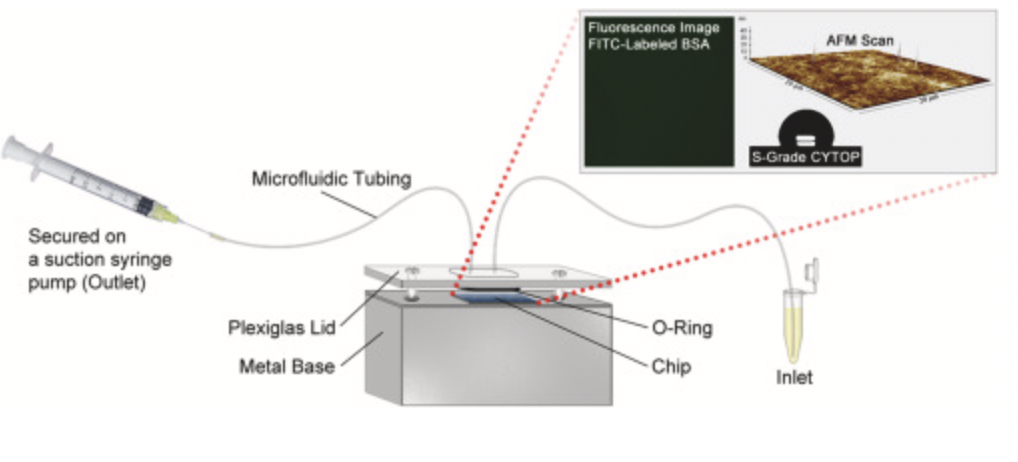
Non-specific adsorption proteins to the surfaces of microfluidics channels poses a serious problem in lab-on-a-chip devices involving complex biological fluids
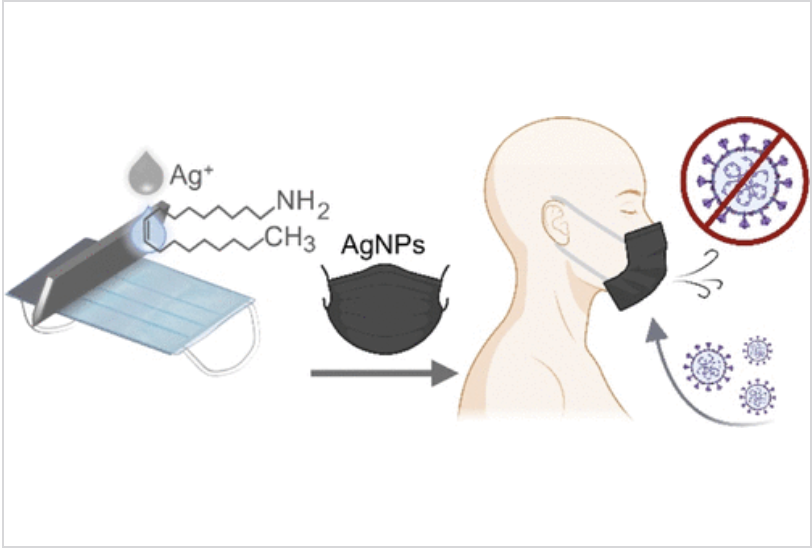
The Coronavirus disease 2019 (COVID-19) global outbreak and its continued growth and mutation into various forms emphasize the need for effective disinfectants to assist in the reduction of the virus’s spread from individual to individuals and community to communities through various modes, including coughing, sneezing, touching of contaminated surfaces, and being in proximity of an unprotected infected person, to mention a few.
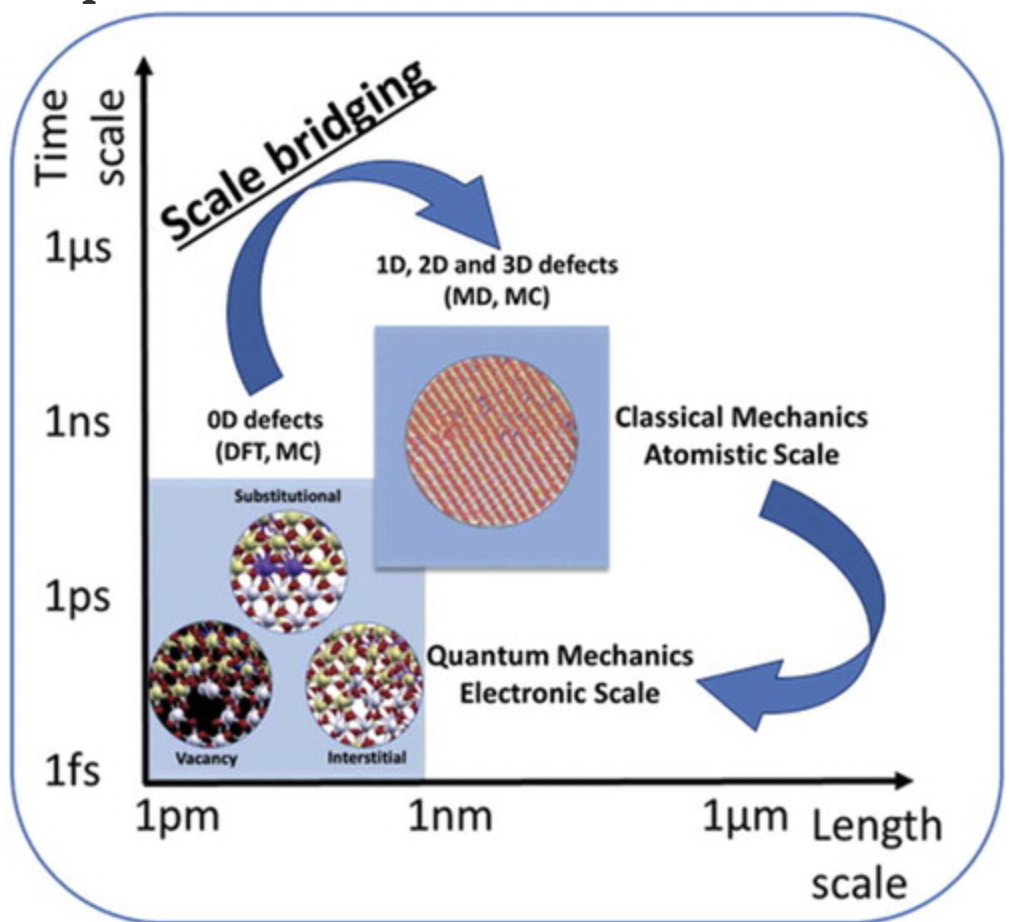
The functionality of the materials used for energy applications is critically determined by the physical properties of small active regions such as dopants, dislocations, interfaces, grain boundaries, etc.
